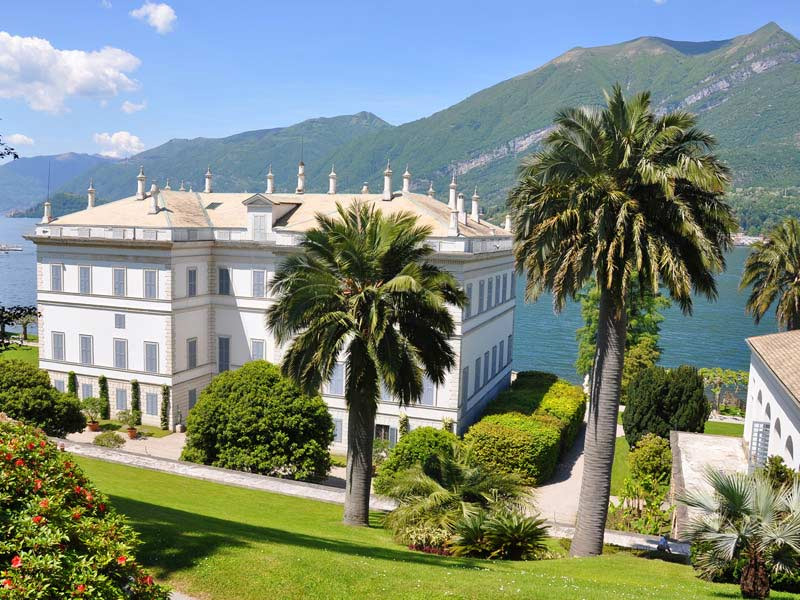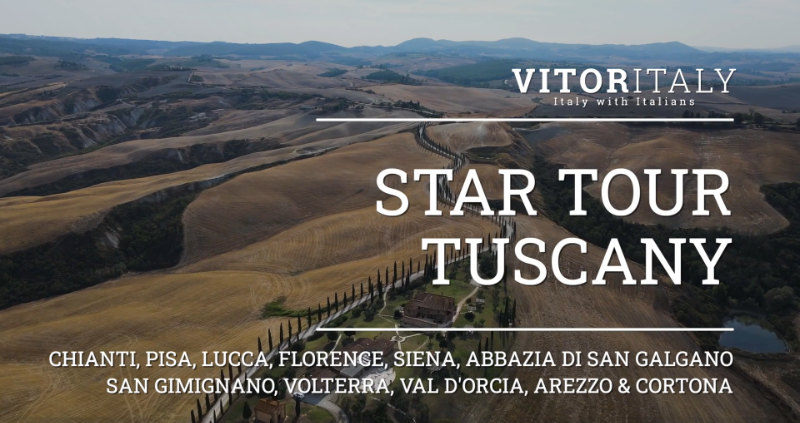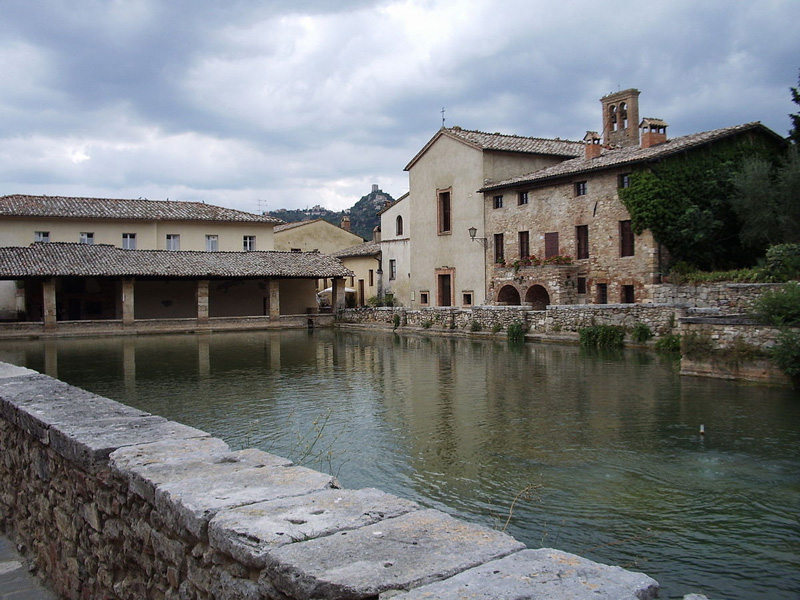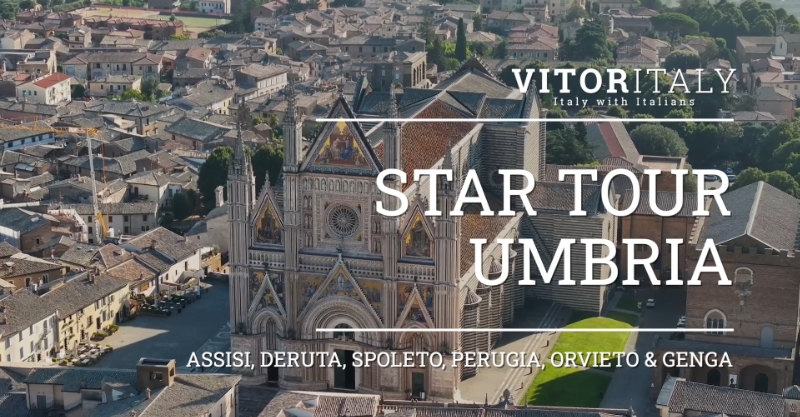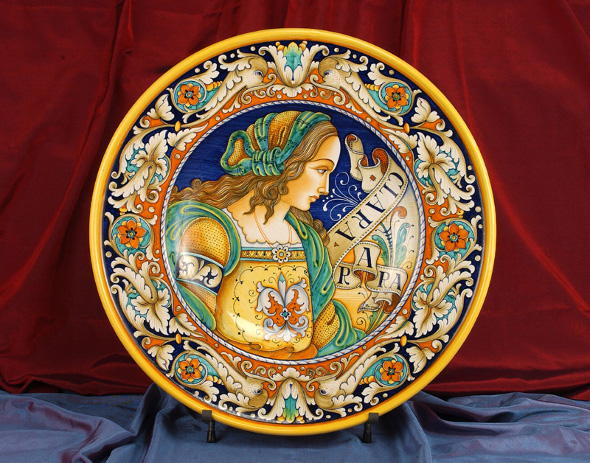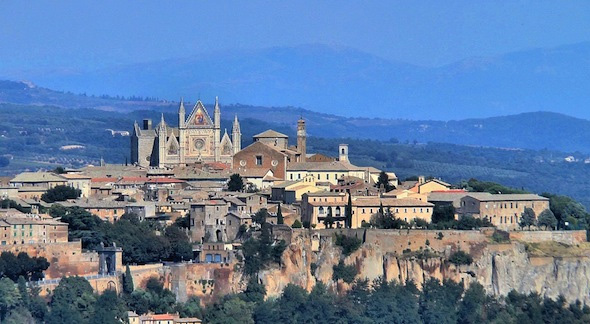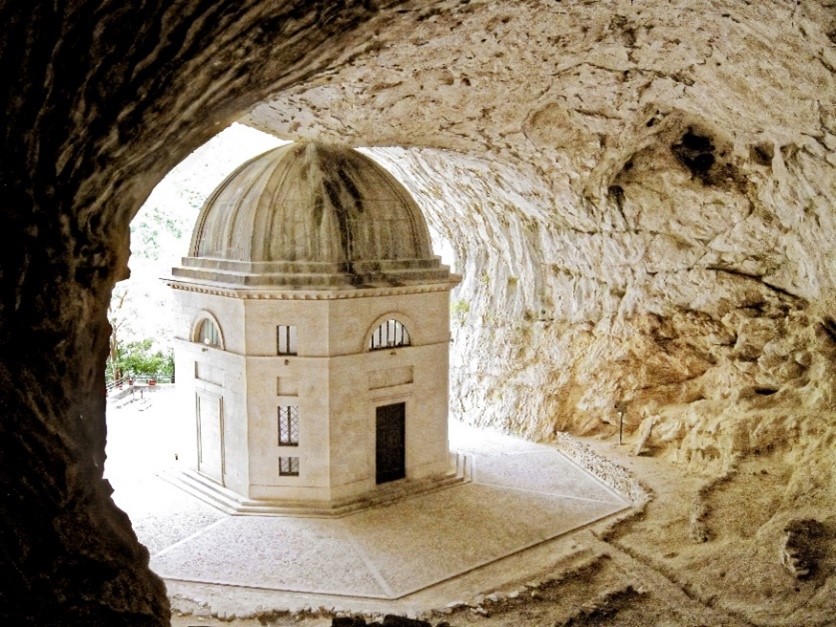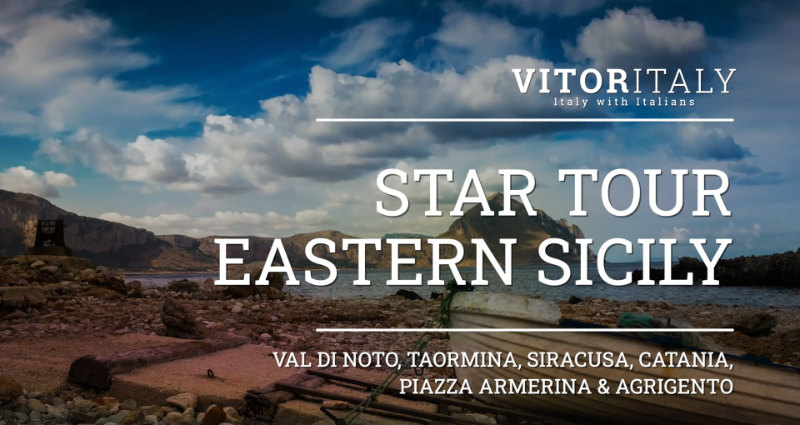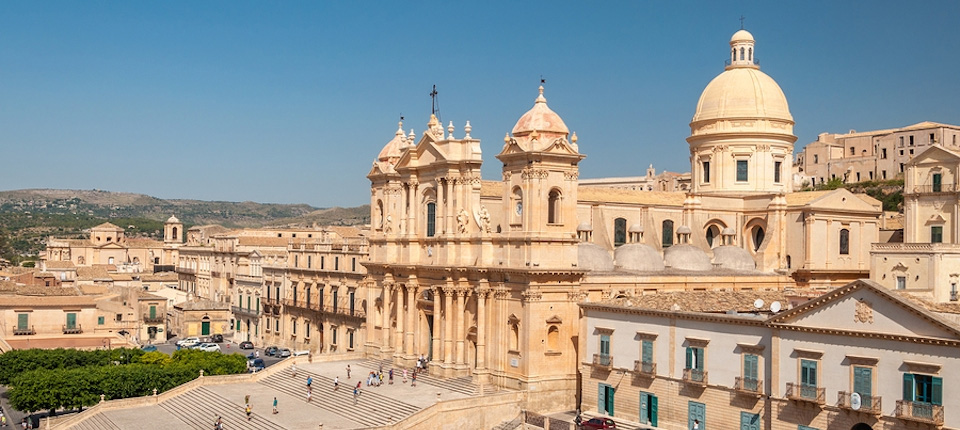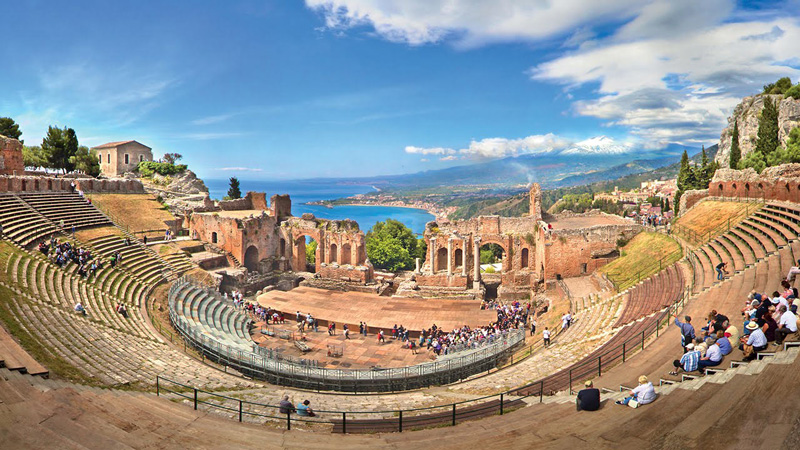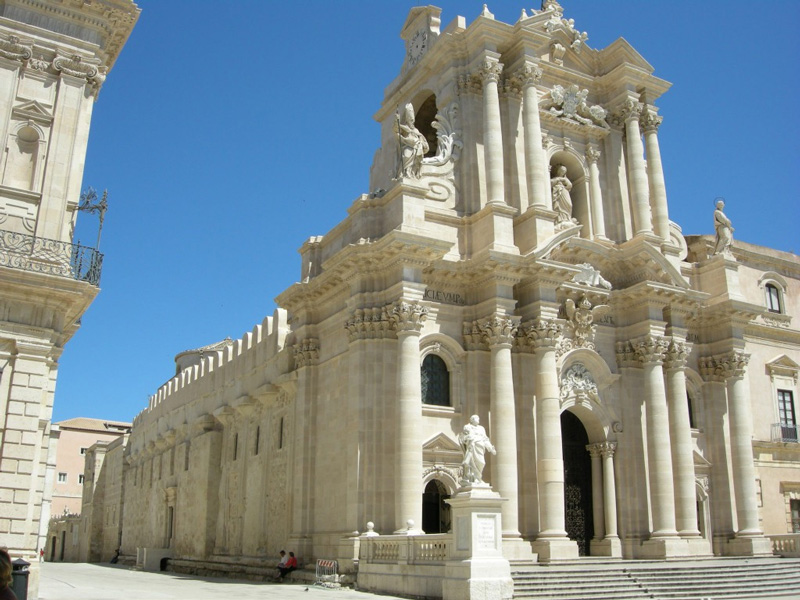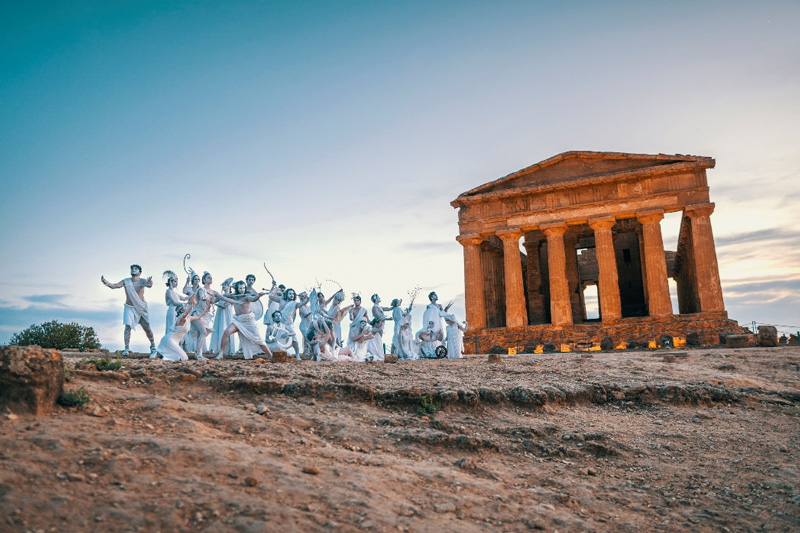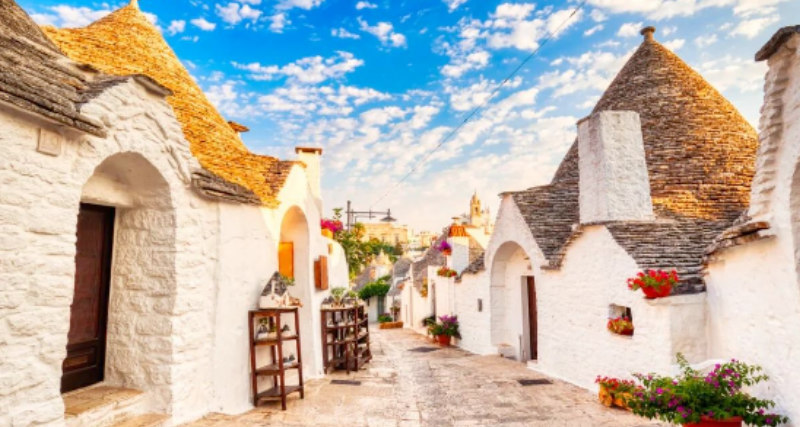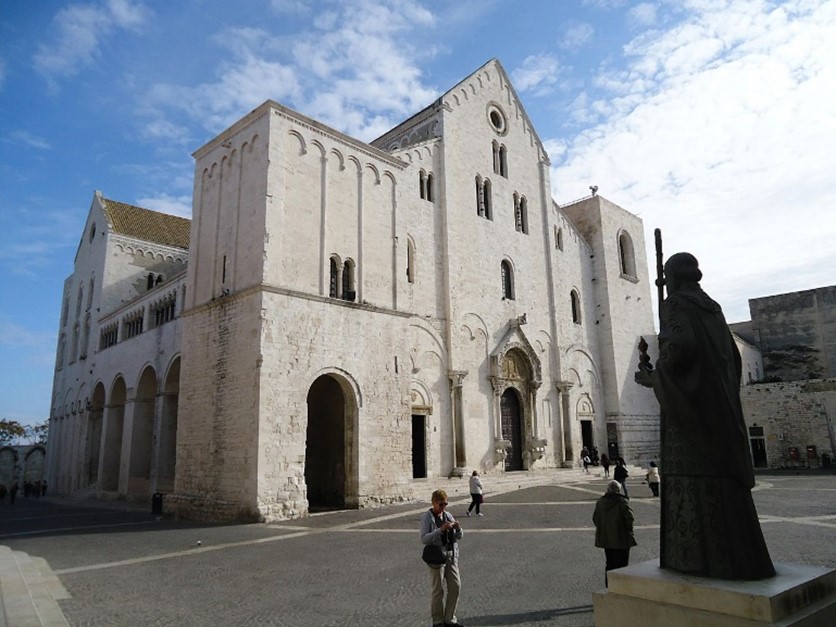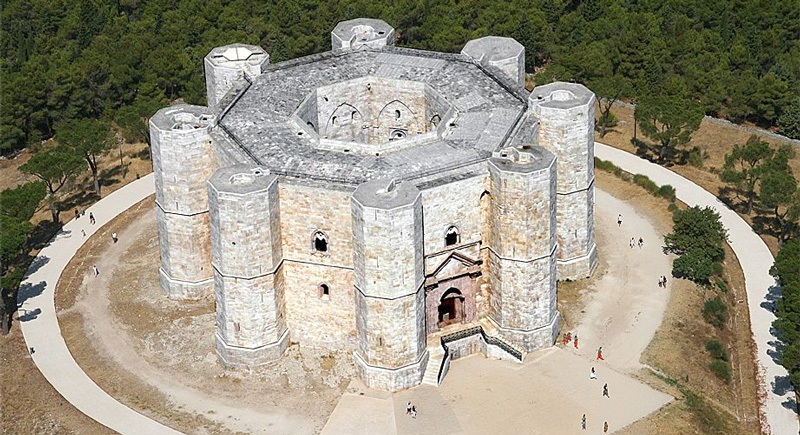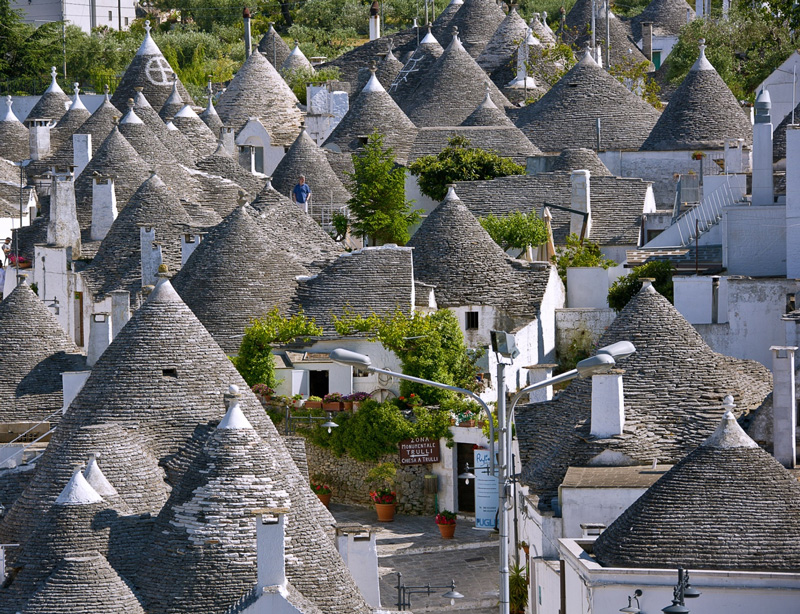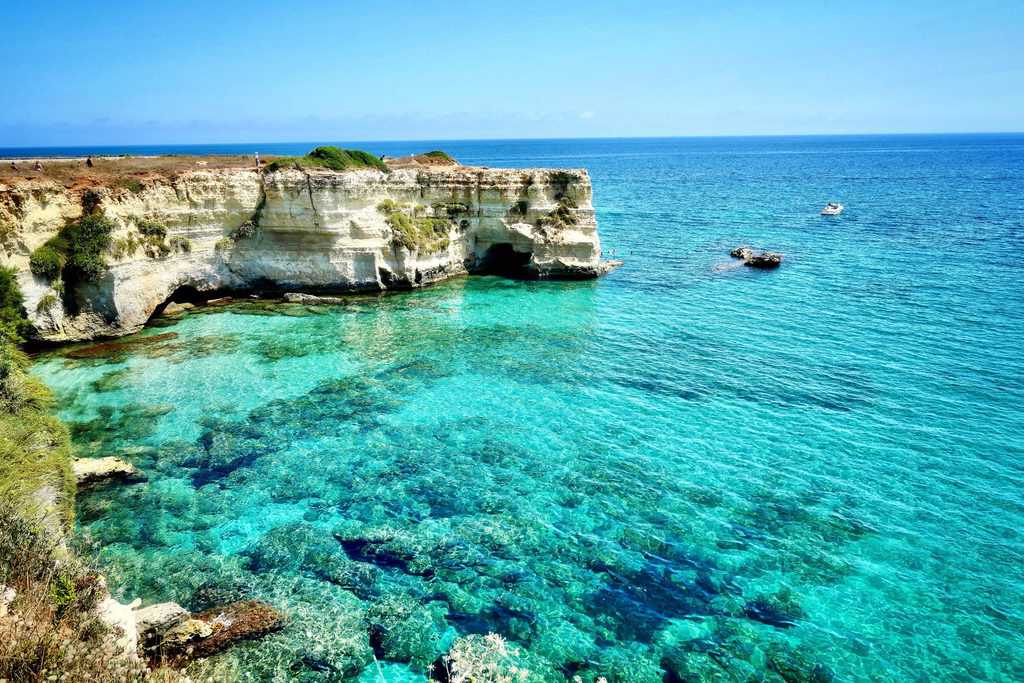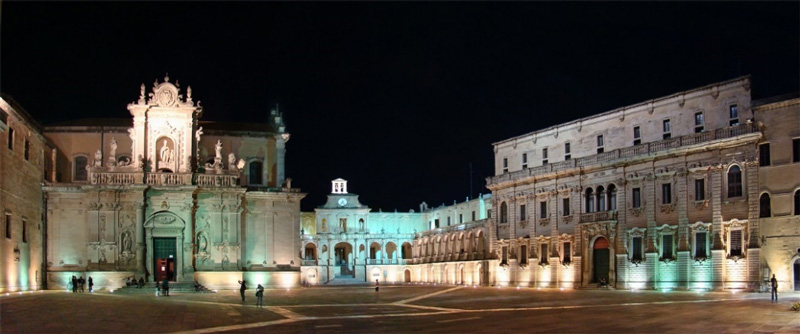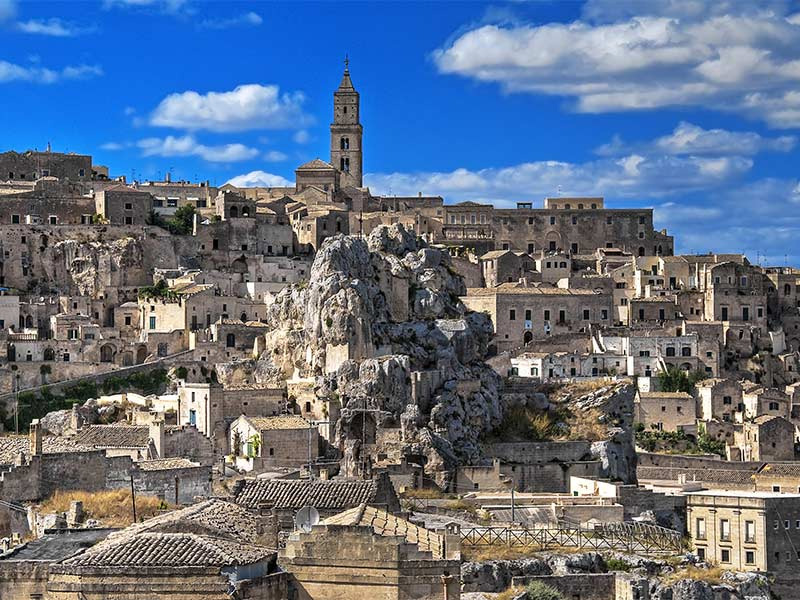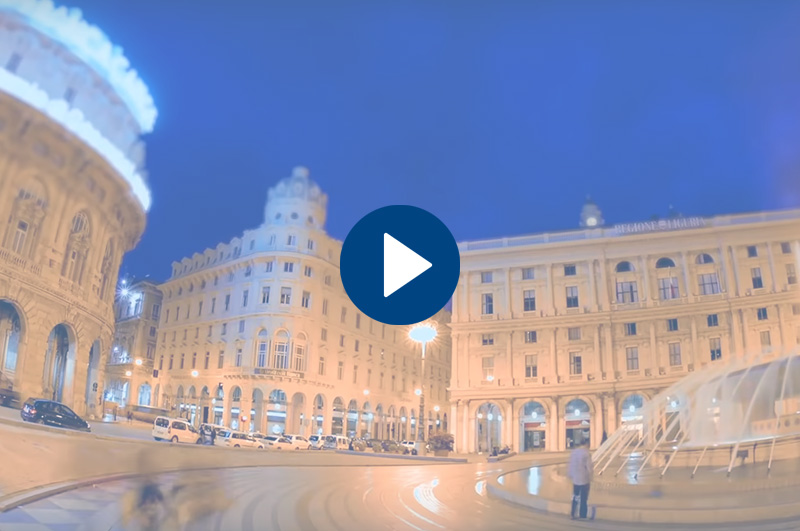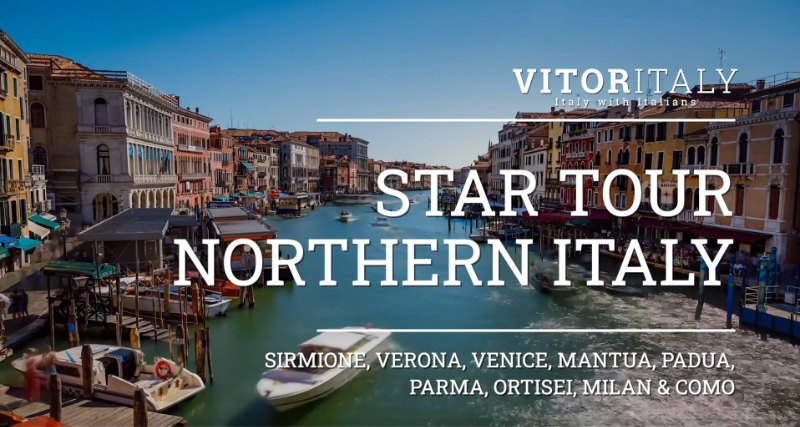
NORTHERN ITALY STAR TOUR
Around Northern Italy, from charming Lake Garda to magic Venice. Verona, the city of lovers, elegant Padua, Parma, the capital of the Food Valley and fashionable Milan. And finally, the incredible landscapes of the Dolomites and Lake Como!
HIGHLIGHTS
- Sirmione, the hidden pearl of Lake Garda
- Verona, the city of lovers
- Venice, when wealthy merchants ruled the Mediterranean
- Mantua, castles and palaces
- Padua, the city of frescoes
- Parma, the art of food
- The Dolomites, ancient mountains on the bottom of the sea
- Milan, the 2,000-years-old trendy capital of Northern Italy
- Lake Como, a scenery for movie lovers
WHAT'S INCLUDED:
Accommodations in Garda Lake area with Continental Breakfast, to be chosen among the following:
- Villa
- Relais
- Hotel
Private Guided Visits / Tours / Activities to be chosen among the following (**):
- Half/Full-day excursion to Sirmione – Half-day private boat tour to Lake Garda
- Half/Full day excursion to Verona - 3-hour private walking tour of Verona city centre with an Authorised Tourist Guide
- Half-day excursion to Valpolicella area – Visit of a local wine cellar with tastings
- Full-day excursion to Mantua
- Full-day excursion to Padua - 3-hour private walking tour of Padua city centre with an Authorised Tourist Guide
- Full-day excursion of Parma area with an Authorised Tourist Guide- Visits to a Parmesan Cheese factory, a Parma ham factory and a Cooking Class in a Parmesan Villa
- Full-day excursion to Ortisei (Dolomites area)
- Full-day excursion to Milan - 3-hour private walking tour of Milan city centre with an Authorised Tourist Guide
- Full-day excursion to Lake Como area
(**) All transfers and tours by private car (2 pax) / minivan (3 to 7 pax) / minibus (8 to 10 pax) / Rental car / High-speed train
Admission tickets to be chosen among the following:
- Giotto’s Cappella degli Scrovegni in Padua
- Duomo Cathedral and Rooftop in Milan
- Villa Carlotta or Villa Balbianello in Lake Como
Full emergency assistance 24 hours/day by our Back Office
List of recommended restaurants along the itinerary
All taxes
Options:
- Other options upon request
SIRMIONE
Benvenuti in Italia and welcome to Lake Garda!
Here you may visit Sirmione, the “Pearl of the Lake”: its magic atmospheres were already described in Catullus' poems in the 1st century B.C. Catullus was born here and probably lived in the beautiful villa on the extreme tip of the Sirmione peninsula. It was the most extensive Roman villa in Northern Italy and its impressive remains, today called “Grotte di Catullo” (Catullus’ Grottos), can be admired. You will pass by the Castle, built by the Scala family, closing the Sirmione Peninsula entrance and stroll along its lanes. And finally, you may taste the great white wine of the area, Lugana, in a local wine cellar.
VERONA
In a stretch of land designed in accord with the bends and twists of the River Adige, we find Verona, a visually stunning city of excellence. It is a city of many faces whose history can also summarize Italy's history – think of the works left by the Romans, the Medieval streets and the “palazzi” of the Renaissance.
The city’s commercial hub is Piazza delle Erbe, where the original Roman Forum was. This piazza represents the synthesis of several different historical moments: the 13th-century buildings – among which Casa dei Mercanti (House of Merchants) stands out - the painted facades of the Mazzanti Houses and the Madonna Verona Fountain, with its central statue from the Roman Epoch. Also dating back to Roman times is the most symbolic monument of Verona, the Arena (1st century B.C.). Originally constructed to host gladiator combats, it saw a long period of abandonment before it returned to the limelight with a new form of entertainment in 1913: after having hosted the premiere of Aida in that year, it has been known around the world for the sounds of opera that emanate from its stage.
Then, Romanesque Verona lies in its imposing Duomo, as well as in the Cathedral of St. Zeno, and in Castelvecchio, which looks out from the banks of the Adige; it symbolizes the Medieval power of the Scaliger family, to whom the realization of the crenellated Scaliger Bridge is attributed.
The palazzi of Verona narrate its long history of wealth and power. In Piazza dei Signori - which sits under the dominating Lamberti Towers - the portico of the Loggia del Consiglio catches the eye; in the 16th century, political life took place here, while the Palazzo di Cansignorio and Palazzo del Comune (or “della Ragione”) were the seats of military, judicial and administrative power. Nearby lie the Scaliger Arches, in the same-named piazza, and some of the most suggestive views of the city, including glimpses of the monumental tombs of the Lords of Verona.
Finally, the Verona of Shakespeare and the “star-crossed lovers” is a worldwide legend and lives indefinitely through the places made famous in Romeo and Juliet. Yet the original literary work was created by Luigi da Porto, a writer from Vicenza, in the 1500s; it eventually circulated in Europe, reaching England. It was the Bard who rendered it the immortal story it is today, allowing Verona to rest as one of the most admired and visited places in the world.
And remember: Verona is a very elegant city, famous for its classy shops!
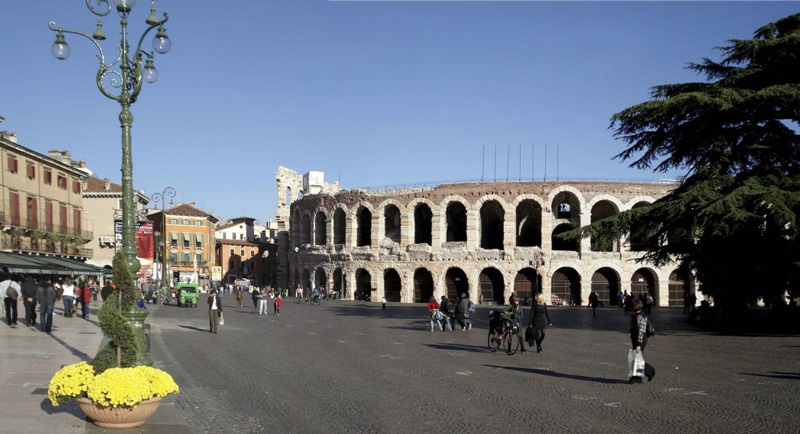
VENICE
Here you are in the “unique” Venice, the “city on the lagoon”, you will be astonished by its beauty and charm! You may start your visit with Piazza San Marco (St. Mark’s Square) and the interior of the Basilica, a 900 years old marvel of architecture! The church is unique in Italy for its golden Byzantine and Medieval mosaics, its intricate stone and marble traceries and exuberant Middle Eastern domes. Near St. Mark’s Basilica is Palazzo Ducale, the most impressive secular building in Venice and once the official residence of the supreme authority of Venice, the “Doge”. A masterpiece of Gothic architecture, the Doge’s Palace is an impressive structure composed of layers of building elements and ornamentation, from its 14th and 15th-century original foundations to the significant Renaissance and opulent Mannerist adjunctions.
At lunch, you may relax by tasting wine and savouring delicious "cicheti" (finger food). There is tremendous variety, and options include anything from simple cheese or salami to almost any kind of seafood, fried and grilled vegetables, sweet and sour sardines, creamy codfish and much, much more!
Then you may visit Santa Maria Gloriosa dei Frari (Saint Mary’s of Friars), striking for its huge size and for the quality of its works of art, including masterpieces by Titian, Giovanni Bellini and Donatello, and several grandiose tombs. Also, explore the streets and savour everyday life in an intricate maze of ancient narrow alleyways, lively squares with magnificent buildings and meandering canals, and finally walk on the Rialto Bridge, the busy "heart" of Venice. And last but not least, enjoy a Gondola ride on the city’s canals: a jump back in time, when Venetians moved only on the water.
Knowing what should be bought in Venice is not easy, as it is one of the most beautiful Italian cities. Rich in traditions, Venice presents a wide selection of souvenirs to take home as a souvenir of your trip. What you cannot miss among your purchases are the typical Venetian masks. The cost of the original ones is quite high, but it is really worth it! Another thing that should be bought in Venice is craftsmanship, appreciated worldwide. In the city of Italian carnival, it is a must to buy a Murano glass object. Each product is worked and painted by hand, but be sure you buy an original product from Murano, guaranteed by a label or a signature (and also by the seller), and not a Chinese copy!
Finally, at dinner you will be delighted by the flavours of the regional cuisine of Veneto, boasting delicious recipes such as "Sarde in saor”, Risotto with seafood, the typical “Baccala' mantecato”, to finish with a fantastic “Bussolà” (for an overview of the regional cuisine of Veneto see our BLOG).

PADUA
Padua is one of the oldest and most dynamic Italian cities. Founded more than 3,000 years ago along a curve of the River Brenta, today it is modern and cosmopolitan and well-known for its historic and glorious University and the innumerable art masterpieces diffused throughout the city. Padua is called “the City of Frescoes” because of its buildings' extraordinary range of frescoed surfaces. One of the main series of paintings from the 14th century is preserved in the Scrovegni Chapel, the work of the brilliant artist Giotto. A visit to the Chapel is a journey through poetry and pathos!
Its piazzas are the perfect departure point, particularly Piazza delle Erbe and Piazza dei Frutti, for centuries a daily produce market that is a cross-section of city life and commerce, as well as the ideal venue for seeing and socializing. Overlooking the two piazzas is one of Padua’s several symbolic monuments, Palazzo della Ragione, also referred to as the “Salone”. Close by is Piazza dei Signori, an elegant piazza with Renaissance touches circumscribed by famous monuments, including the Church of San Clemente, Palazzo del Capitanio, and the imposing Tower adorned with its famous Astrological Clock. Designed in the 1300s, the Clock marks the hours, minutes, months, days, moon phases, and astrological places. Also relatively nearby is Piazza del Duomo, dominated by the majestic Cathedral and the ancient St. John’s Baptistry.
Another of Padua’s symbols is Caffè Pedrocchi, built in the early 1800s. Commissioned by Antonio Pedrocchi and designed by the architect Giuseppe Jappelli, it is a beloved Paduan locale and hosts important cultural exhibits and events. The Caffè faces Palazzo Bo, the principal office of the prestigious Università di Padova. The University is the second oldest in Italy, and as a place of excellence in the sciences and culture, it boasts Galileo Galilei among its esteemed past professors. Not only, but the oldest intact anatomic theatre in the world – that can still be visited – resides here.
The Basilica of Saint Anthony, known as "The Saint", is the most important religious centre of the city and the destination of thousands of pilgrims who invade the city every year, especially on June 13, the Saint's feast. The vast building presents a characteristic fusion of styles in its complex structure: Romanesque elements in the bell-shaped facade, gothic in the plan of the ambulatory with the seven chapels, Byzantine in the eight domes covered in the lead Moorish in the two slender and slender bell towers.
In the vicinity is the oldest Botanical Garden in the world, a UNESCO World Heritage Site. Founded during the epoch of the Venetian Republic, it was conceived as a place dedicated to the study and cultivation of medicinal plants.
At dinner, look out for “Risotto Ricco alla Padovana” served with duck and chicken or “risotto with radicchio”, a vegetable grown locally, or “bigoli con ragu’ d’anatra” (little strings of pasta with a duck sauce), with a glass of white Pinot Bianco or, if you prefer, a red Merlot or Valpolicella, all produced in Veneto!
PARMA
Your next destination is called “The Capital of Food”, and this is a well-deserved denomination, as Parma is known worldwide for its delicious food products.
Parma is known for its delicious food products. First, you will visit a Parmigiano Reggiano factory, where you will see cheese masters at work: an extraordinary way to get into the area's production culture and discover how a true gastronomic gem is made (more about Parmesan cheese in our BLOG).
Later on, visit a Parma ham factory, where you will learn the secrets of the most delicious ham, Prosciutto di Parma (to know more about raw ham in Italy, read the article in our the BLOG)
And finally, you may savour authentic Italian cuisine in a fun-filled cooking class led by a local “rezdora” (a female cook in the Parmesan language). Immerse yourself into the tradition of fresh Italian pasta and study the secrets of preparing pasta dough from scratch, using just flour and eggs. You will make your own “Tortelli d'erbetta” (Parma's most traditional pasta with a filling of ricotta cheese and chards) and delicious tagliatelle with tomato sauce – all local ingredients! Once your fantastic meal is ready, you will enjoy what you prepared, matched with a glass of local Lambrusco wine. A very tasty experience at the end of an unforgettable day!
THE DOLOMITES
North of Lake Garda, the Dolomites feature some of the most beautiful mountain landscapes in the world, with vertical walls, sheer cliffs and a high density of narrow, deep and long valleys. This incredible mountain range was shaped over the millennia by the most varied geological forces, such as volcanoes and continental plaque movements, and then by water in the form of seas, rivers, ice caps, and glaciers. That’s why UNESCO included the whole area among World Heritage Sites in 2009. Here you can take a hiking tour or even a cab ride to one of the many alpine passes for a breathtaking view of a unique environment.
Tastes are very peculiar in this area, reflecting its long-time bond with bordering Austria. At dinner, try Tris di Canederli (three tastings of canederli) –three delicious balls of bread (farm-style dumplings nearly the size of tennis balls!). Canederli usually contain Speck, a type of cured ham similar to prosciutto and produced only in South Tyrol, and are served “en brood” or a soup-like broth. And don’t miss the local “Apfelstrudel”: you’ve probably heard of or even tried this treat (apple strudel in English!), but you’ve never had it prepared as well as the Italians make it!
As for wine, the area is renowned for producing the most flavoured wines in Italy. Try Gewurtztraminer, a delicious white wine whose grapes grow on the slopes of the most beautiful Alpine valleys.
MILAN
Milan is, first of all, the Fashion Capital of Italy! The showrooms of all Italian manufacturers are located in the city, and here buyers from worldwide distribution find the one and only “Italian Style”! But Milan is not only fashion, it is also and above all art, beauty and culture! Piazza del Duomo is the geographical and historical centre of the city. Palaces surround it with arcades; in the middle, you can see the Duomo, one of Europe’s biggest Gothic cathedrals, whose construction started in the 14th and ended in the 20th century. And on the Gran Guglia, the cathedral’s highest spire, the Madonnina, a symbol of Milan, stands. On the left of the square, the 19th-century Galleria Vittorio Emanuele II links the grand Piazza del Duomo with Piazza della Scala, featuring mosaics and a wrought iron and glass roof.
Then stroll down the streets of “Quadrilatero D’Oro”, the heart of the fashion industry, admiring the shop windows of Prada, Armani, Versace, Ferragamo, Dolce & Gabbana and Valentino. The multi-concept store by Giorgio Armani, Spazio Armani, in the elegant Via Manzoni, extends for 6,000 square meters and offers fashion showrooms, furniture, flowers and hi-tech Sony equipment. After shopping, enjoy an aperitif or a coffee at the Emporio Armani Cafè upstairs or book a table at the Japanese restaurant Nobu. Or taste a gorgeous Cappuccino at Pasticceria Cova, as locals often do in via Montenapoleone, “Montenapo” for the Milanese!
At dinner, what about a tasty yellow “Risotto alla Milanese”? According to an ancient tradition, the Duomo is where Risotto alla Milanese was “born”, invented by a boy who worked for the stained glass artist Valerio di Fiandra, nicknamed “Zafferano” for its habit of adding spices to his colours. One day, he also put some saffron in the rice, and the result was a great success!

LAKE COMO
The magnificent scenery of Lake Como (also known as “Lario”) has enchanted artists and travellers for centuries: from French novelist Flaubert to musicians of the calibre of Gioacchino Rossini, Giuseppe Verdi, and Vincenzo Bellini; it was here that he composed his opera Norma. Today Lake Como continues to attract members of the international jet-set and celebrities who appreciate the Lake's evocative beauty and surroundings.
The Lake (one of Lombardy's several incomparable lakes) is of a characteristic upside-down Y-form. The town of Como is situated on its southwestern arm, Lecco on the southeastern arm, and Colico on that northern. From the Lake’s shores, one can enjoy multiple fascinating views: suggestive “Borghi”, splendid villas and lush gardens await visitors searching for charm and relaxation or a little culture and contact with nature.
Breathtaking villas, one after the other, encircle the lake, a resort destination of the nobles of Lombardy since the 16th century. Cernobbio is the site of Villa d’Este(1600s), the location of Alfred Hitchcock’s celebrated film The Pleasure Garden”, and of Villa Erba, one of the most important Italian lake villas from the 1800s - today it is an internationally-known convention and expository complex. In the nearby Lenno, you will not miss Villa Balbianello, where “Star Wars: Episode II” and James Bond’s “Casino Royale” were shot. You’ll be amazed by its gardens, a perfect scenery for movie lovers.
Along the coast is Tremezzo, famous for its Villa Carlotta, with terrace gardens and a museum boasting works by Canova, Thorvaldsen, and Hayez. It was built in the 17th century for a powerful Milanese family. In the second half of the 19th century, Princess Marianne of Nassau bought the villa and gave it to her daughter Carlotta as a wedding present, hence the name. Her husband was a keen botanist and, over the years, turned it into the lush garden we see today.
Where the Lake’s three arms meet, you will visit Bellagio and Villa Melzi. The Villa, built in 1808, is much sought-after for its botanical park, with sculptures and a garden renowned for its beautiful azaleas and rhododendrons.
The tour is over, but the memories of a fantastic journey will accompany you for a lifetime!
Arrivederci for another tour with VITOR, Visit Italy on the Road.
